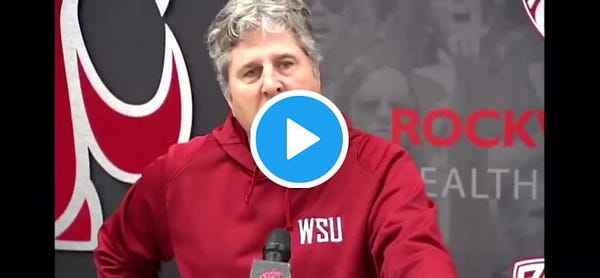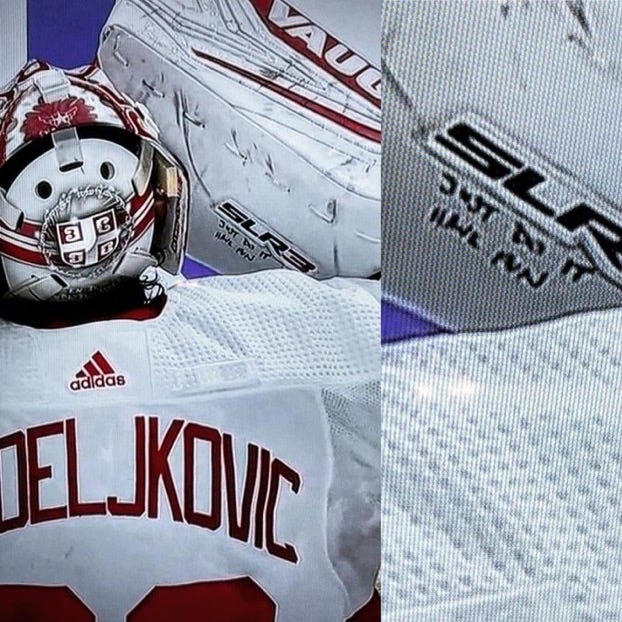Better Thinking, for Hockey Players & Coaches
Better Thinking For Better Results
The greatest enemy of learning is what you think you know or will remember. When you think you know something, it’s often difficult to change your own mind. And in order to change your mind, you have to be willing to abandon your past ideas and update to better practices.
When learning something and then executing it at a high level, it’s critical to retain that information and automate itself into your subconscious. And yet, our brains need guidance to get there. We want to actively manage our brain to best prepare for high-level performances. Here are ways we can go about this:
Assume You’re an Idiot
Rather than think your players know everything - assume they know nothing.
Rather than think you know something - assume you know nothing.
Build up your assumptions around your thinking from ground zero and work from there. You’ll start to realize the assumptions you have about your thinking and the game are mostly incorrect, and just as importantly, that there are better ways.
This was perfectly said by Dwight Schrute in the hit comedy series, The Office.
Most great thinking is not people striving for greatness, but rather the avoidance of stupidity. The goal is to be less wrong.
Doubt Yourself
Doubt without waiver in your reads and confidence is the greatest power. It provides the gumption that leads to elite performance in any circumstance.
Since nothing is 100% certain except death and taxes, there are going to be times where you’re going to be wrong or instances where things simply won’t go your way. Rather than beating yourself up over bad results, we think it’s better to ask questions at the root cause(s) to discern your decision-making process.
What else could I have done?
Give the information I had, was that the right read or decision?
Bringing it back to hockey, failing to score is not really an issue as long as you’re getting chances, but there are real issues when these scoring chances disappear. Even a prime scoring opportunity like a shot from the slot has over an 80% chance of failure. There are many factors out of your control leading to ultimate success/failure. Trust your process.
Further reading - Thinking better about evaluating your decision making
Repeat Yourself
Repetition is essential for retention.
People are forgetful, and that’s just part of life. Knowing this, it’s important to have a strategy to have items of significance repeated and reminded to you often. James Clear, author of the book Atomic Habits, recently wrote about the ‘pointing-and-calling’ strategy to improve your habits.


As a coach, it might be the wrong time or a bad time for your message to impart on a player. A great lesson might take 5-6 exposures before it truly sinks in. That’s why a great way to coach is to expose players to the same skill in many different varities.
Heck, sometimes it just takes a new voice. Parents know this best. You can say the same thing 1000 times, but as soon as your kid hears it from someone else one time… it finally sinks in. Speaking from our personal experience, that’s often why we get hired to talk with other coaches’ teams.
When in doubt, repeat rather than moving onto the next thing. This goes for players, coaches, etc.
Reminders
The best way to remember something is to write it down.
In the same family as repetition, with my high school team, we have tape reminders on our sticks. Players tape the 1-3 things they need to consistently do each shift to have success.
Most common examples:
“Look” - Looking before, during, and after their puck touches
“Talk” - Communicating with teammates 24/7
“Walk” - For defensemen, instead of blindly throw the puck toward the net they are walking the line looking for lanes and plays
“SOP” - Stick-on-puck when closing space to take away lanes and create turnovers
“Middle” - Getting off the wall and into the middle of the ice to best create offensive options
Putting things where you see them is the best way to remember. Tom Brady does this for his games as well. The most famous being “Find 20 on every play” when he faced Baltimore Ravens legendary safety Ed Reed (#20) in a playoff game. Here is a close up of Brady’s wristband:
You can also see the technical reminders such as having his knees flexed. If the best QB of all time finds value in this strategy, so too can every player.
Here is an example from NHL goalie Alex Nadeljkovic:
Did you enjoy this newsletter?
Help us spread the ideas within and share it with the people you care about




